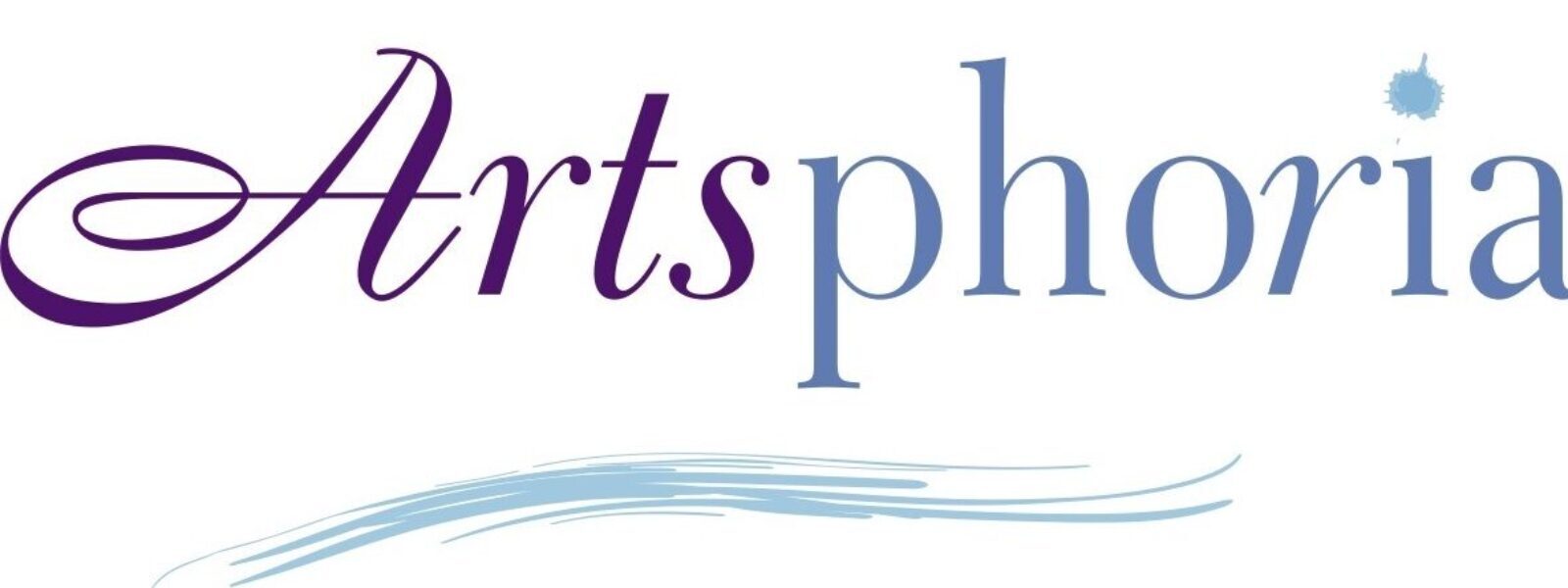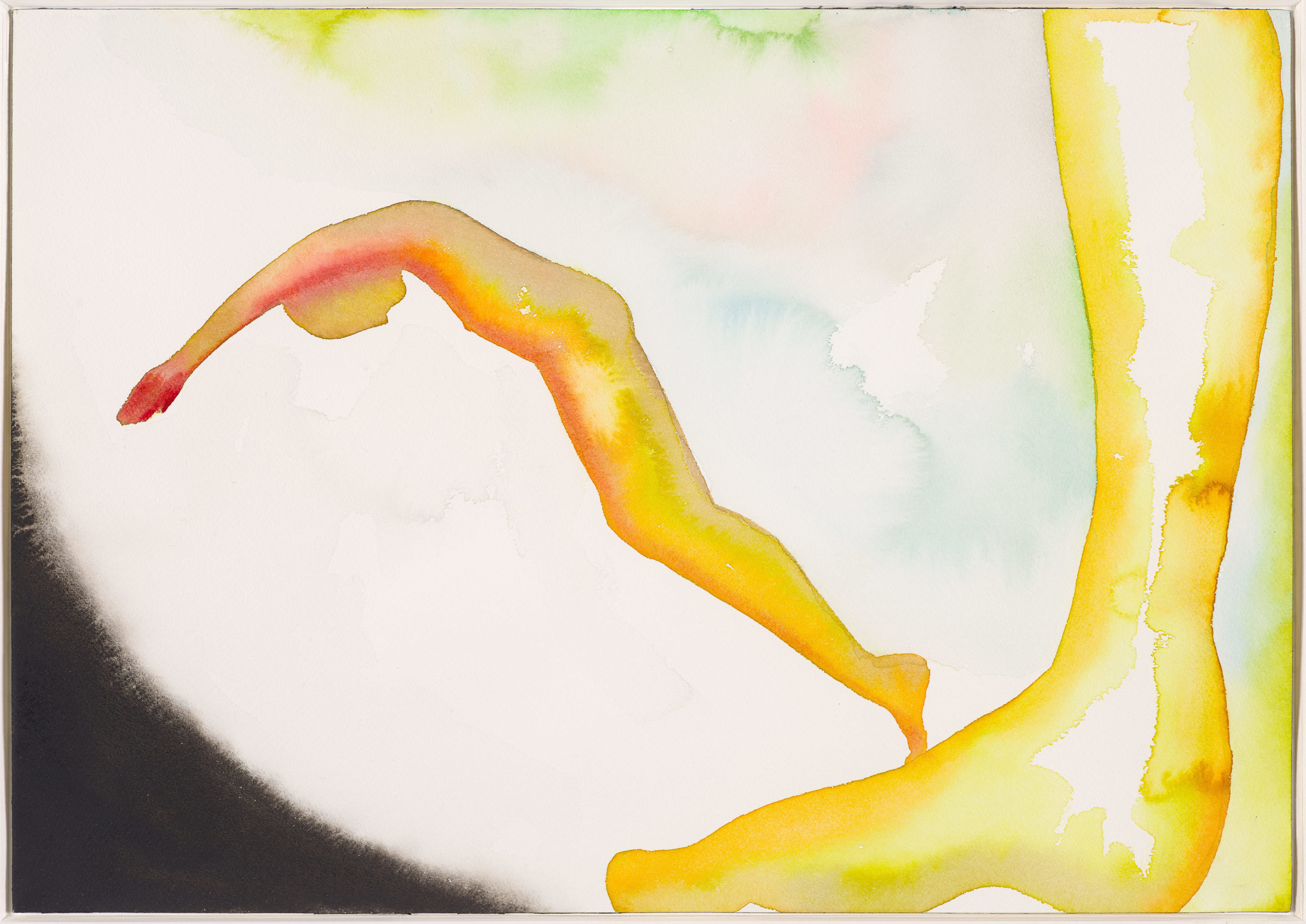Lévy Gorvy in New York will present Francesco Clemente: Watercolors, an exhibition that surveys three decades of work in the medium. Opening August 17, 2020, this presentation follows the recent Francesco Clemente: Pastels at the gallery’s London location.
Both exhibitions have been curated by architect Bill Katz, a close friend of the artist to highlight and celebrate not only Clemente’s mastery of the visual effects of his materials but also the depth of physical and metaphysical concerns that inform his artistic practice. On view at the gallery’s New York space, Francesco Clemente: Watercolors features many works that have never before been exhibited.
Throughout his career, Clemente has experimented widely with various mediums, from ink drawings to oil and tempera painting, as well as site-specific installations including tapestries and sculptural objects. Suited to his famously nomadic lifestyle, watercolor took a prominent role early in the artist’s career.
In the 1970s, he began traveling extensively, particularly throughout India, where he immersed himself in the country’s manifold aesthetic traditions. Watercolors, pastels, and handmade paper, preferably from Pondicherry, became the key tools, light and portable, for capturing his experiences.
Clemente emphasizes the ability of watercolor to bleed into paper and generate veils of semi-transparent color, employing it to emphasize the creative stimulus he has found on the Indian subcontinent. His art often alludes to Hindu mythology, encompassing an approach to form and identity that foregrounds a representation of fluidity. In his recent series Gold on Gold (2016) and Shadows (2017), Clemente integrated Indian miniature painting, further developing this multifaceted symbolic universe.
While Clemente’s ingenious use of watercolor was initially inspired by his trips to India, his innovative exchanges in New York and elsewhere also nurtured its development. Following in the footsteps of William Blake (whose work he and Allen Ginsberg referenced in their collaborations in 1983 and 1984), Clemente takes up watercolors to realize images that mix the personal and spiritual, recognizable figures and abstract forms. He has developed a powerful vocabulary of images, figures, and symbols, many of which reappear throughout his oeuvre, as seen in Symmetry (1991) and Chain (1996), two watercolors from his Book of the Sea series.
At the core of Clemente’s artistic project is the need to confront the suggestiveness of reality—the fantasies, visions and stories human beings have historically fostered into myths. This tendency is evident in such recent watercolors as A Story Well Told (2013) and Notturno Indiano (2019), series that were inspired by the myth of Apollo and Daphne and a novella by Antonio Tabucchi, respectively. In these works, Clemente’s aqueous treatment induces a sense of tranquility that allows the viewer to navigate taboo subjects within a broader fascination with the material life of watercolor as a medium.
The artist’s fascination with the emotive power of color and form is also central to Beauty Without Witness, Clemente’s latest body of works in watercolor, made in this time of self- isolation during the COVID-19 pandemic. The richly colored seascapes of this series feature shells and toys washed ashore, evoking fantastic worlds and nostalgia for childhood memories.
Lévy Gorvy has published an exhibition catalogue to accompany Francesco Clemente: Watercolors and Francesco Clemente: Pastels. Featuring essays by Carlos Basualdo and Raymond Foye, reproductions of Clemente’s works are accompanied by poems chosen by Clemente, many of them by poets close to the artist.
Concurrently on view at the gallery in New York will be Pat Steir: Waterfall Paintings on Paper, an exhibition by Francesco Clemente’s contemporary and close friend. A quintessential part of Pat Steir’s acclaimed practice, her works on paper foreground the artist’s striking gestural approach to mark-making and composition.

